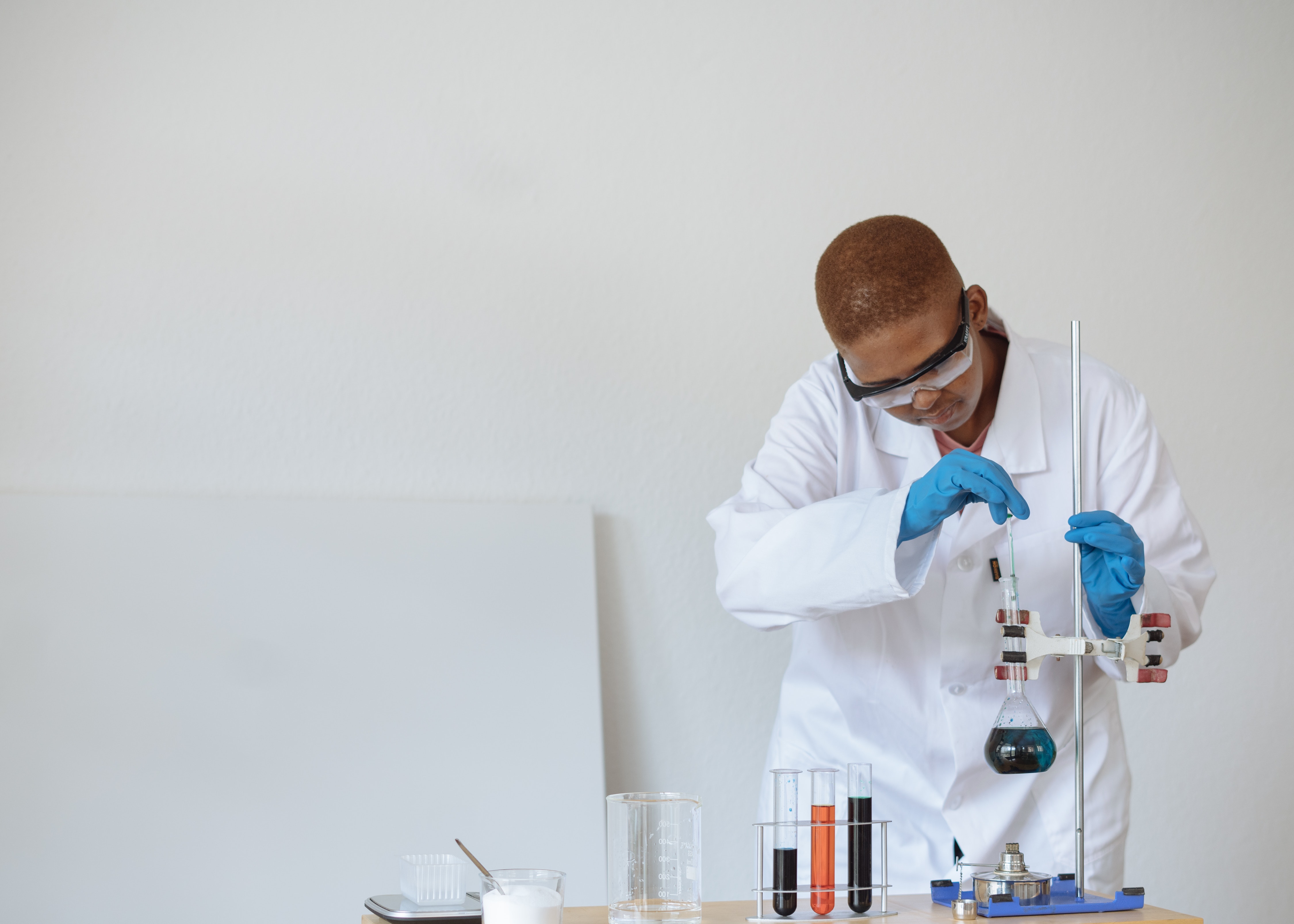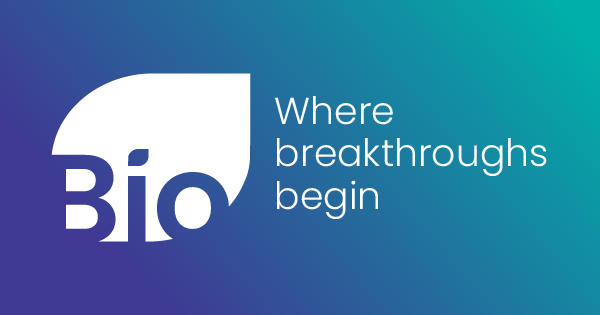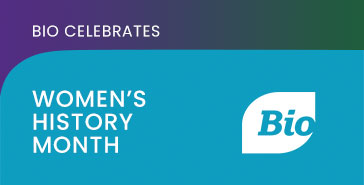
Hispanic Heritage Month: 25 Hispanic and Latinx trailblazers in science and biotechnology to know
This Hispanic Heritage Month, Good Day BIO will be highlighting the achievements of Hispanic and Latinx individuals who have eliminated barriers in the sciences, medicine, and biotechnology—here’s a list of 25 trailblazers you should know.
1. Dr. Carlos Juan Finlay – Finlay was an epidemiologist who discovered that yellow fever is transmitted by mosquitoes. This groundbreaking conclusion is responsible for saving countless lives. Although he made the discovery in 1886, the evidence he presented for this conclusion was ignored for 20 years. Finlay’s revelation helped lead to the eradication of the disease in Panama and Cuba, and in doing so, helped spur the completion of the Panama Canal as its construction was often delayed by outbreaks of yellow fever.
2. Dr. Severo Ochoa – The breakthroughs we have seen in mRNA vaccines would not be possible were it not for Dr. Ochoa’s discovery of an enzyme that can synthesize ribonucleic acid. Ultimately, Ochoa’s research was key in developing a greater understanding of the human genetic code. Ochoa was the first Hispanic American to win the Nobel Prize in physiology or medicine in 1959.
3. Dr. Ildaura Murillo-Rohde – After seeing firsthand during her nursing studies how few Hispanic nurses there were to serve Hispanic communities in San Antonio, Texas, Murillo-Rohde dedicated much of her career to changing this dynamic. . Ultimately, Murillo-Rohde’s career culminated in her becoming the first Hispanic dean of nursing at New York University and the founding of the National Association of Hispanic Nurses to advocate for Latinx nurses. The American Academy of Nursing named her a “living legend” in 1994.
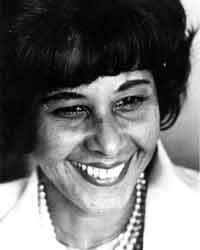
4. Dr. Helen Rodríguez-Trías – Over the course of her career, Rodríguez-Trías was a leading public health advocate for children from disadvantaged socioeconomic backgrounds in New York City. She also pioneered the standards of care that became the nationwide model for HIV/AIDS treatment. Besides her U.S.-based work, she advocates for patients’ rights and public health around the world. Rodríguez-Trías became the first Hispanic woman to lead the American Public Health Association in 1993.

5. Dr. Jane Delgado – Delgado began her career as a psychologist who promoted minority health at the Department of Health and Human Services (HHS). In 1985, Delgado made essential contributions to the first-ever public report outlining racial and ethnic health disparities: Report of the Secretary’s Task Force on Black and Minority Health. She went on to serve as the first woman president of the National Alliance for Hispanic Health (NAHH), advocating for the health of Hispanic and Latinx communities.
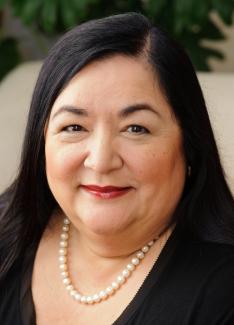
6. Dr. Antonia Novello – Novello made history when she was appointed U.S. Surgeon General by President George H.W. Bush as both the first Hispanic person and the first woman to serve in the role. Novello was a Vice Admiral in the Public Health Service Commissioned Corps. Prior to her appointment as U.S. Surgeon General, Novello spent much of her career at the National Institutes of Health (NIH), joining in 1978 and ultimately becoming the deputy director of the National Institute of Child Health and Human Development in 1986. After leaving the role of U.S. Surgeon General, Novello became a representative of the United Nations Children Fund (UNICEF), continuing her work in public health advocacy.
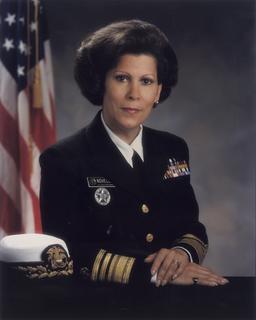
7. Dr. Nora Volkow – Thanks in large part to Volkow, addiction is now understood to be a disease of the brain. Her revolutionary work has made the use of brain imaging common in developing a better understanding of the addictive properties of abusable drugs. Beyond drug addiction, Volkow’s groundbreaking work has led to a better understanding of ADHD, aging, and the neurobiology of obesity. She has been the Director of the National Institute on Drug Abuse (NIDA) at the National Institutes of Health since 2003.
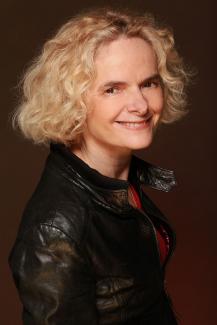
8. Dr. Serena Auñón-Chancellor – Auñón-Chancellor is the first Hispanic physician to travel to space, having spent six months in 2018 working on research aboard the International Space Station (ISS), including studying cancer and Parkinson’s disease. Here on Earth, she has been treating COVID-19 patients in Louisiana.
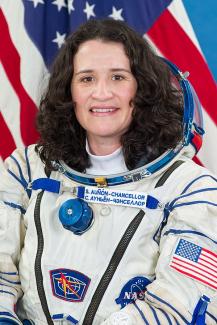
9. Dr. Franklin Chang-Díaz – He was the first Hispanic astronaut and completed seven space missions for NASA. Chang-Díaz joined the space program in 1980, with his first space mission being on the Columbia in 1986. After retiring as an astronaut in 2005, he went on to become a space entrepreneur, founding Ad Astra Rocket, in addition to teaching university-level astronomy and physics.
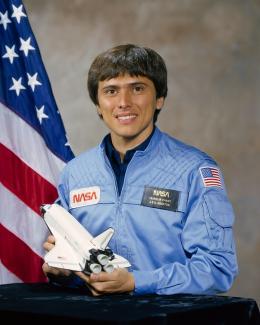
10. Dr. Mario Molina – Molina was a Mexican chemist who was the first person to discover that chlorofluorocarbons (CFCs) could deplete stratospheric ozone. He made this discovery and prediction in the mid-1970s but it took many years for his work to be taken seriously by policymakers. Ultimately, Molina shared the 1995 Nobel Prize in Chemistry with his former adviser F. Sherwood Rowland and the Dutch chemist Paul Crutzen for their work on stratospheric chemistry.
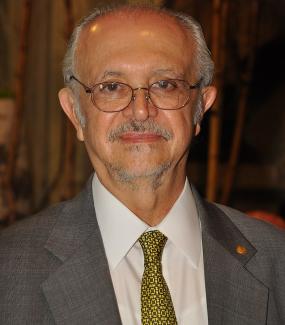
11. Ynes Mexia – Mexia was a Mexican-American botanist who was known as one of the most successful female plant collectors of her time, despite starting her career when she was 55 years old. Over the course of her career, she led expeditions throughout Mexico, South America, and Central America. The discovery of 500 new species of plants has been attributed to her, with 50 of them being named in her honor.
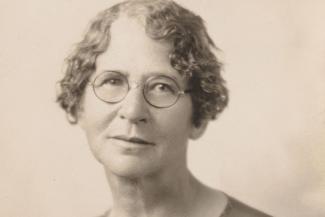
12. Dr. Albert Baez – Baez was the co-inventor of the x-ray reflection microscope, which launched the field of x-ray optics. He moved to the United States from Mexico when he was two years old. Beyond his work as a scientist, Baez was also an advocate for science education, serving as the first director of the science education program for the United Nations Educational, Scientific, and Cultural Organization (UNESCO), where he worked to improve science education worldwide. Baez was the father of singers Joan Baez and Mimi Fariña.
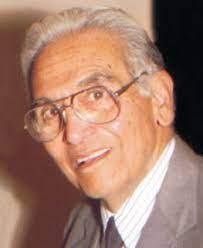
13. Dr. Luis Walter Alvarez – Alvarez was a physicist who won the 1968 Nobel Prize in Physics for his contributions to elementary particle physics. Alvarez developed the bubble chamber through the use of liquid hydrogen, and his work has ultimately led to the discovery of many previously unknown particles. Earlier in his career, Alvarez worked on the Manhattan Project in Los Alamos, where he developed a detonating device for the atomic bomb. Alvarez faced discrimination while working at Los Alamos, where the spouses of fellow scientists protested after discovering that a family with the Hispanic name “Alvarez” had been allowed to live in the same apartment building as them.
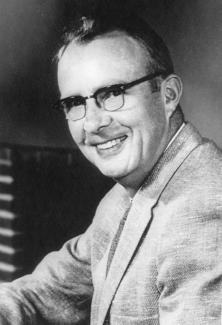
14. Jose Hernandez – Retired astronaut Jose Hernandez joined the 2004 NASA astronaut candidate class years after he was first inspired to pursue his dream when he heard that Franklin Chang-Diaz had been chosen to go into space. One of four children, Hernandez grew up in a migrant farming family from Mexico. Beyond his success as an astronaut, Hernandez worked in the field of medical physics and co-developed the first full-fledged digital mammography imaging system after having conducted much work on developing quantitative x-ray film imaging analysis techniques. This technology has been effective in detecting breast cancer earlier than other film/screen mammography techniques.
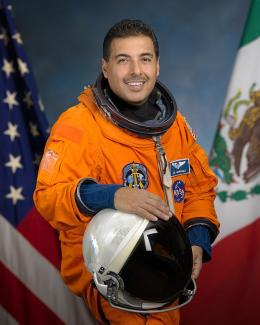
15. Richard Gonzalez – Gonzalez is the Chairman and CEO of global pharmaceutical company AbbVie. Gonzalez was formerly a 30-year employee of Abbott before its separation from AbbVie. During his tenure at the helm of AbbVie, the company has been conducting important work through a strategic collaboration with the Cystic Fibrosis Foundation to develop a cystic fibrosis transmembrane conductance regulator (CFTR) potentiator compound.
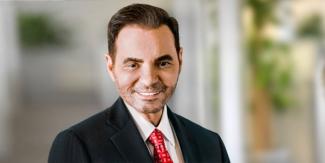
16. Dr. France Córdova – She is an astrophysicist who served as the 14th director of the National Science Foundation (NSF). Previously, she was the President of Purdue University – the first woman to serve in that role – as well as Chancellor of the University of California Riverside. Beyond her distinguished academic career, Córdova served at NASA as its chief scientist from 1993 to 1996, where she received its highest honor: the NASA Distinguished Service Medal.
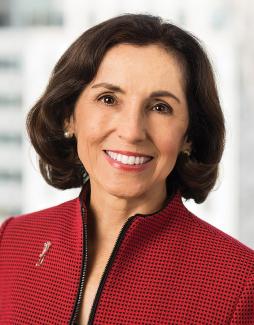
17. Dr. Jennifer Holmgren – As the CEO of LanzaTech, Holmgren has been at the helm of innovative technological development to recycle waste carbon emissions. In July, LanzaTech announced a partnership with lululemon to produce the first fabric made with recycled carbon emissions. Holmgren is also a member of the Executive Committee of the Board at BIO and is the Vice Chair of the Agriculture & Environment Governing Board.
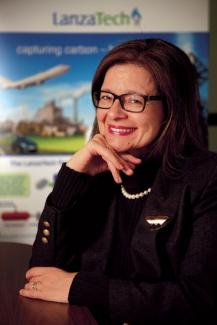
18. Dr. Grace E. Colón – In her tenure as President and CEO of InCarda Therapuetics, Inc., is in the process of developing InRhythm™ for Treatment of Atrial Fibrillation and in June completed a successful End-of Phase-2 (EOP2) meeting with the FDA. Per an agreement between InCarda and the FDA, a single Phase 3 trial of 400 patients will allow InCarda to file for a New Drug Application (NDA). Colón serves on the BIO Emerging Companies Section Governing Board.
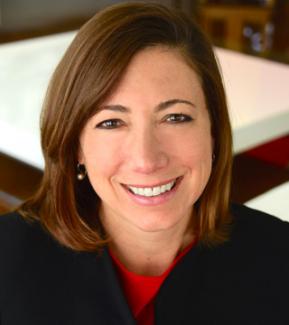
19. Victor Bulto is Head of U.S. Pharmaceuticals for Novartis and President of Novartis Pharmaceuticals Corporation, US, where he leads the company's portfolio of pharmaceuticals including expected upcoming launches of new, transformative medicines in the U.S. The Spanish executive has worked across many therapeutic areas of the company, including U.S. Immunology, Hepatology, and Dermatology. Previously, he was Head of the U.S. Alcon Pharmaceuticals business as well as Head of Neuroscience in Europe.
.jpg?itok=TTVscrXB)
20. Juan Luciano – Luciano is the chairman of the board of directors, president, and chief executive officer of ADM. Last year ADM announced a partnership with InnovaFeed to construct the world’s largest insect protein production site, in Decatur, Illinois.
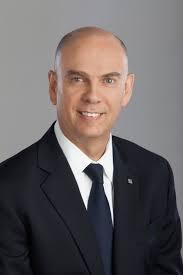
21. Dr. Pamela Padilla – Padilla is the President of the Society for Advancement of Chicanos/Hispanics and Native Americans in Science (SACNAS). Padilla’s involvement with SACNAS dates back to her time as a first-generation student from New Mexico, with Chicana and Indigenous roots. Beyond her work as an advocate for greater inclusiveness in STEM fields via SACNAS, Padilla is Associate Vice President of Research and Innovation and a Full Professor at the Department of Biological Sciences at the University of North Texas.
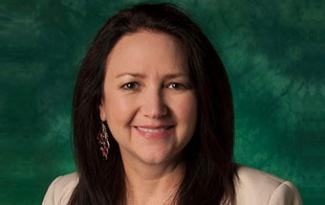
22. Dr. Julio Frenk – Frenk is currently the first Hispanic president of the University of Miami, but this is just the latest of a long life in public service, which has advanced Hispanic and Latinx visibility. He previously served as the minister of health of Mexico. During his tenure, Frenk introduced universal health insurance, Seguro Popular, which expanded healthcare benefits to millions of uninsured Mexican citizens.
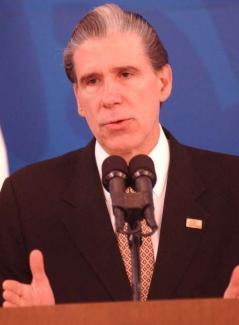
23. Madeline Pumariega – Pumariega made history this year when she was selected as the first woman to ever lead Miami Dade College (MDC), the largest university by enrollment in the United States, which is known as the most diverse institution of higher learning in the nation. She is the daughter of Cuban parents and had previously been a student-athlete at MDC. This is not the first time that Pumariega has made history as an education management professional. She was previously the first female and Hispanic chancellor of the Florida College System (FCS).
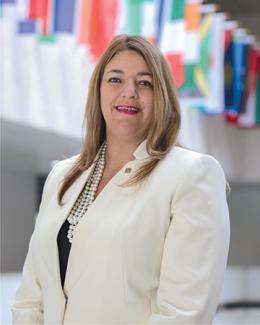
24. Dr. Elena V. Rios – Rios is the President and CEO of the National Hispanic Medical Association (NHMA) and the President of the National Hispanic Health Foundation. In her role leading the NHMA, Rios represents 50,000 Hispanic physicians in the United States, while simultaneously directing the educational and research activities of the National Hispanic Health Foundation.

25. Dr. Ellen Ochoa – Ochoa’s career is marked by the multiple times she has broken through glass ceilings. She was the first Hispanic woman to travel to space and was also the first Hispanic director of the Johnson Space Center, in addition to being its second female director. As an astronaut, Ochoa flew into space four times. Ochoa is the recipient of NASA’s highest award, the Distinguished Service Medal, and is a Fellow of the American Association of the Advancement of Sciences (AAAS) as well as the American Institute of Aeronautics and Astronautics (AIAA).

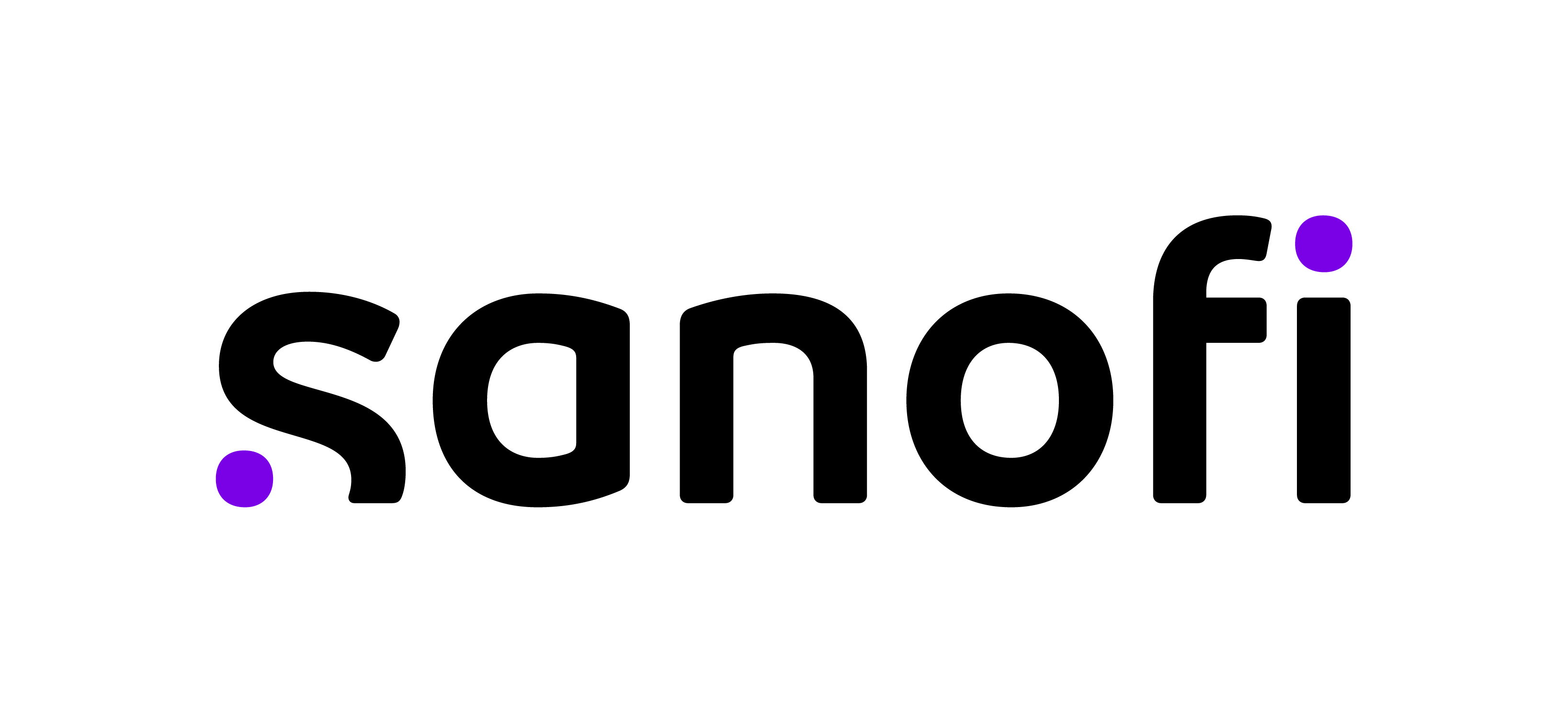




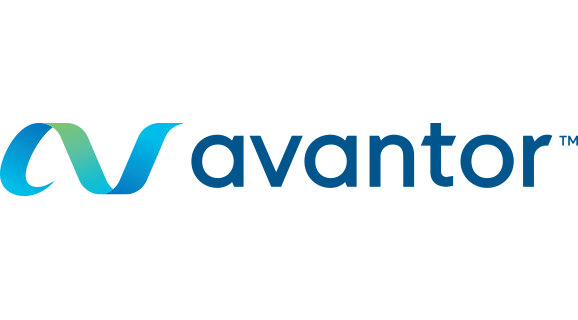

.png)
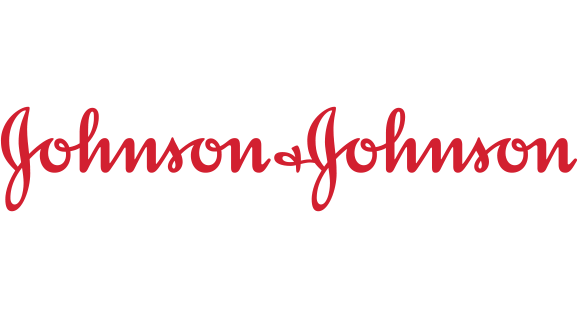





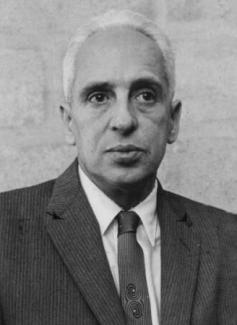
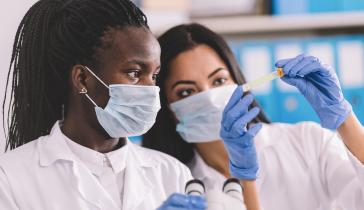

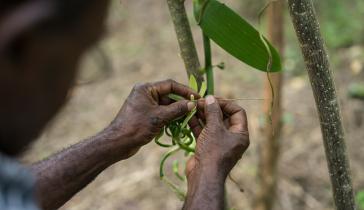
.jpeg)
